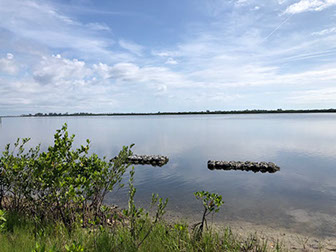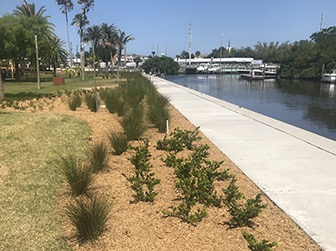RESTORATIVE EFFORTS
ORCA is in a unique position to manage restoration projects in the Indian River Lagoon.
After years of developing and standardizing novel engineering and scientific methods to assess and monitor the health of the Indian River Lagoon (IRL), ORCA entered the realm of habitat restoration and shoreline reclamation.
We have collected cutting-edge data, including both the Kilroy and Ecotoxicity programs, and mapped areas that are amenable to restoration. We have done our due diligence in this regard and are utilizing our data in an effort to reclaim the lagoon through shoreline protection projects.
Many factors have influenced the decline in health of the Indian River Lagoon and its tributaries, including shoreline development and nutrient loading. High levels of nutrients entering the lagoon led to large algae blooms in 2016 and 2018 and the development of shorelines has removed natural filters that would have prevented many of those nutrients from entering the surface water.
Land to Sea Solution-Based Projects
ORCA’s shoreline projects improve impaired waterways by using buffer zones to capture storm water runoff, reducing nutrients that lead to harmful algae blooms, and by restoring living shoreline habitats.

Living shorelines are shoreline protection projects that provide habitat for plants and animals, stabilize shorelines and improve water quality. Living shorelines usually include the construction of a hard structure or breakwater made from rock or bagged shell and the planting of native vegetation along intertidal shorelines. Learn more.
Buffered shorelines or buffer zones, are vegetated areas along rivers and lakes that help minimize the amount of pollution entering the water. A vegetative zone consisting of native plants helps to filter pollutants, such as fertilizers and pesticides, and minimizes grass clippings entering the waterways, which rapidly turn into nutrient laden muck. Learn more.


11
Native Coastal Species

150
Individual
Plants
As part of our restorative efforts, ORCA has developed a shoreline restoration nursery housed at the Center for Citizen Science in Vero Beach.
